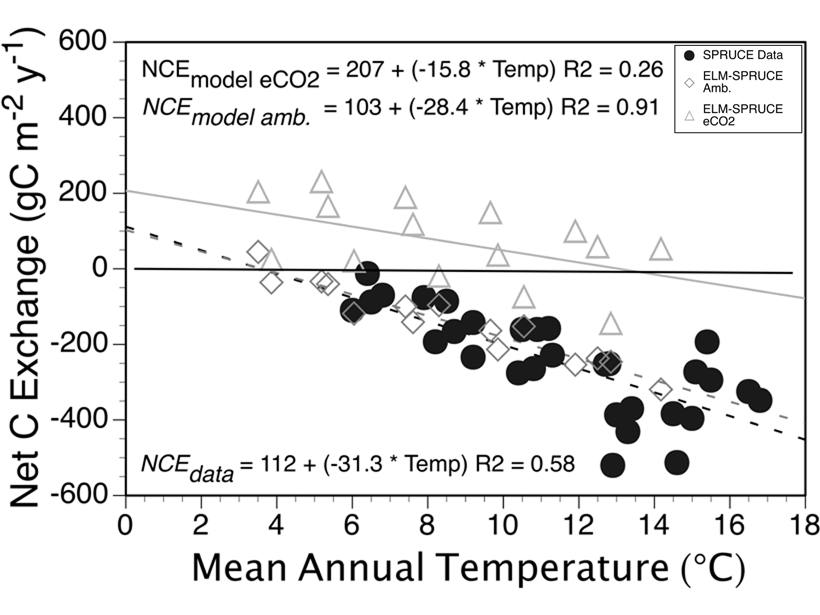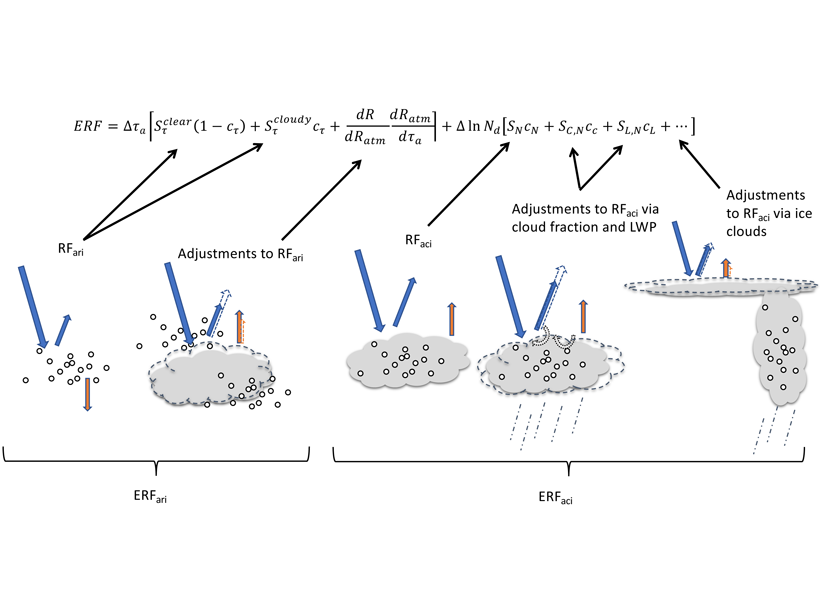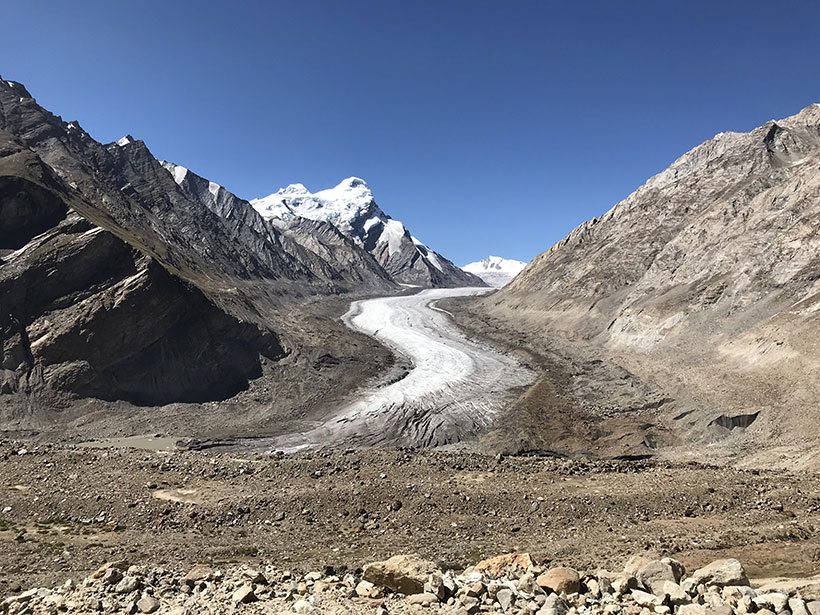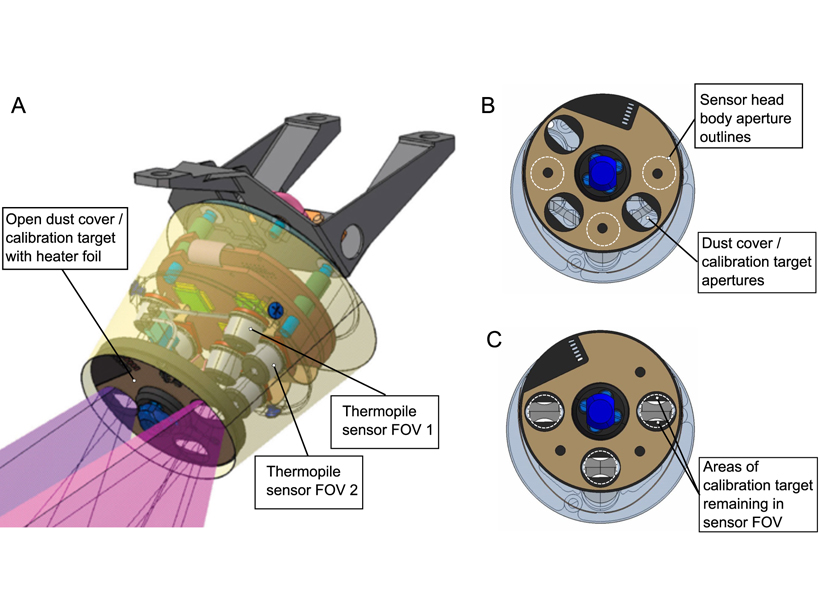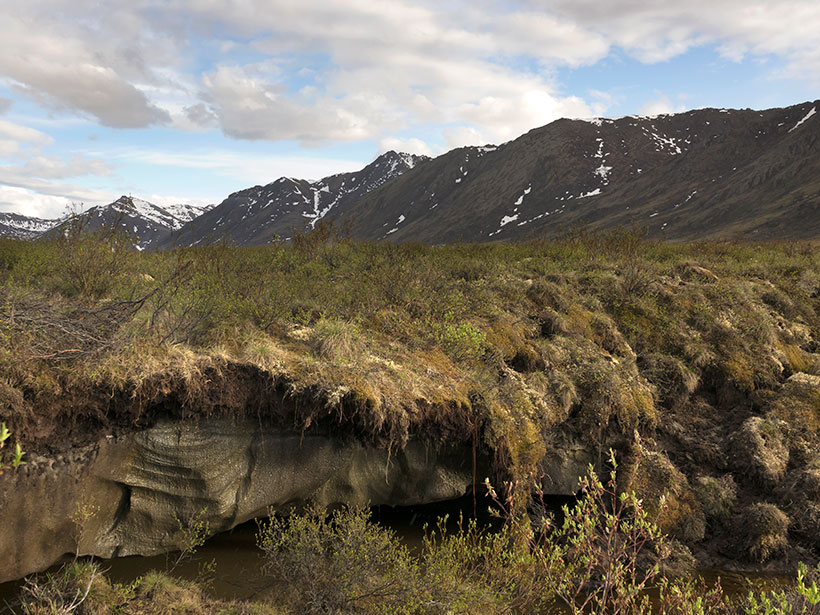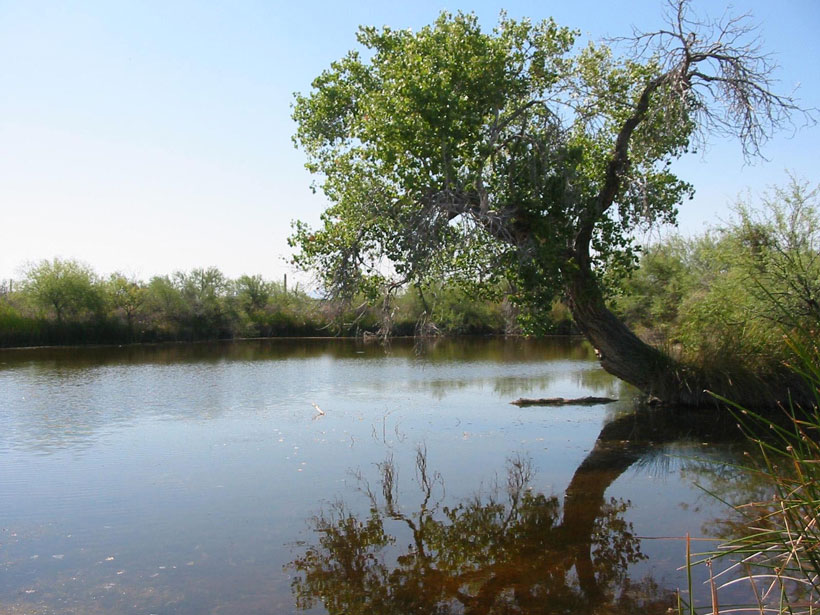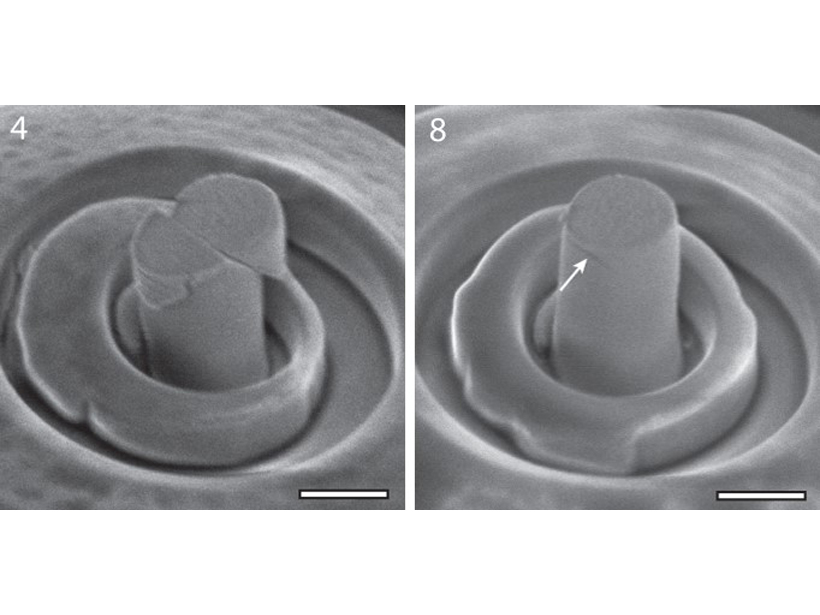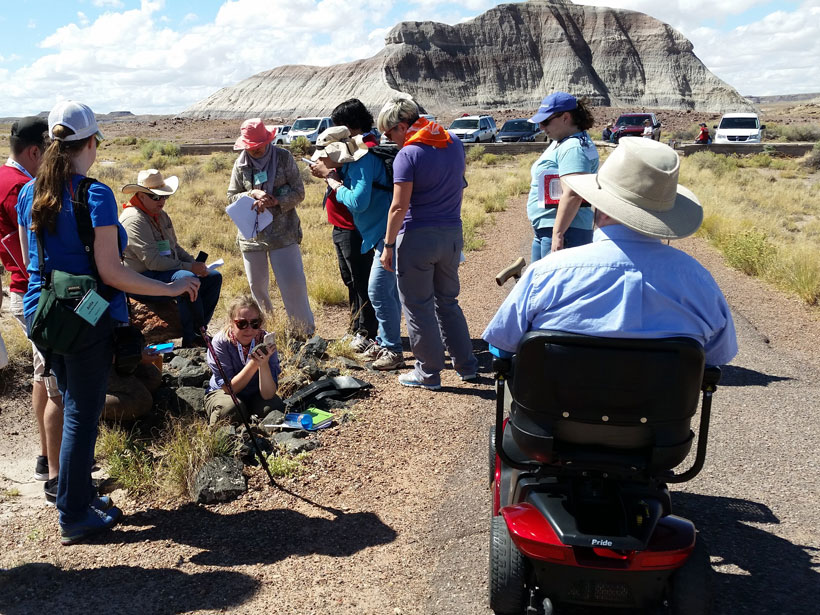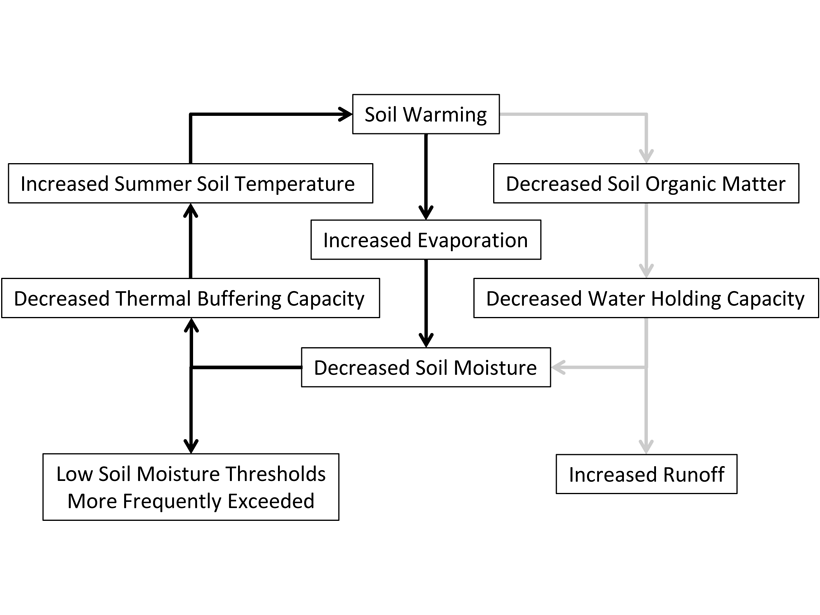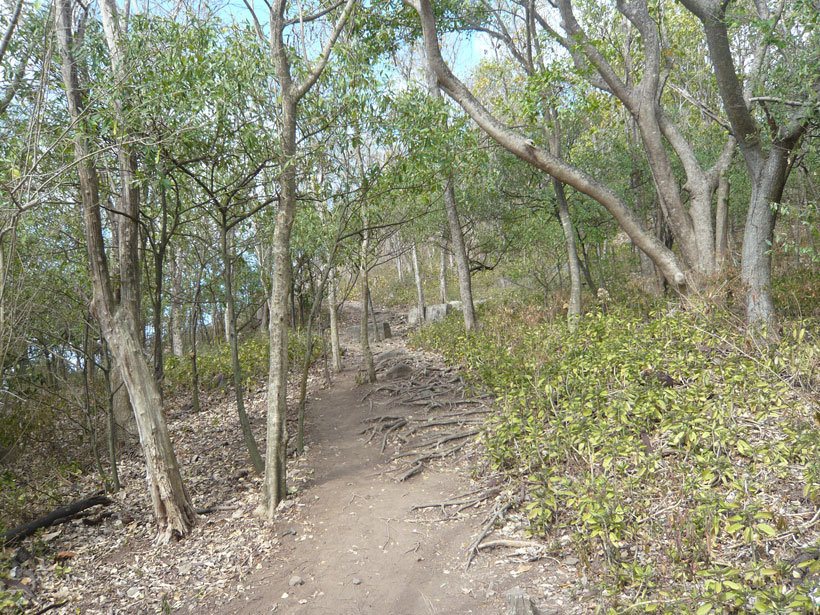Carbon was lost from an experimentally warmed boreal peatland much faster than it took to accumulate. Elevated CO2 had little effect on stored carbon, requiring re-evaluation of model assumptions.
CC BY-NC-ND 2020
Effects of Particles on Climate Remain Unsettled
Major advances have been made in the understanding of the physics and chemistry of particles, but major uncertainties remain in determining their radiative forcing effects on climate.
A Future of Retreating Glaciers in the Himalayas
India’s first regional climate change assessment warns of accelerated glacier melt.
Insights from Calibration of the HP³ Radiometer on InSight
A detailed analysis of Heatflow and Physical Properties Package Radiometer on the Mars InSight lander, including changing instrument sensitivity and calibration coefficients.
Experiments Reveal How Permafrost Carbon Becomes Carbon Dioxide
Field samples from Alaska show how sunlight and iron convert permafrost carbon to carbon dioxide. Climate models ignore this process.
This Week: Sacred Springs and the Search for the Origin of Life
What Earth and space science stories are we recommending this week?
Olivine Micropillars Reveal Shallow Lithosphere Rheology
Micrometer scale investigation of the rheological properties of olivine in pressure and temperature conditions corresponding to the shallow lithosphere.
Accessibility and Fieldwork in the Time of Coronavirus
Fieldwork in the geosciences is increasingly relying on groundwork laid by accessibility advocates.
Soil Remains Warmer and Drier After Long-term Warming Stops
Pausing a long-term soil warming experiment revealed that previously warmed plots remained both warmer and drier compared to plots which had not experienced previous soil warming.
Worsening Water Crisis in the Eastern Caribbean
Scientists, policy makers, and residents are concerned that ongoing water shortages and longer periods of drought may worsen as the climate changes and that the Paris Agreement has fallen short.

